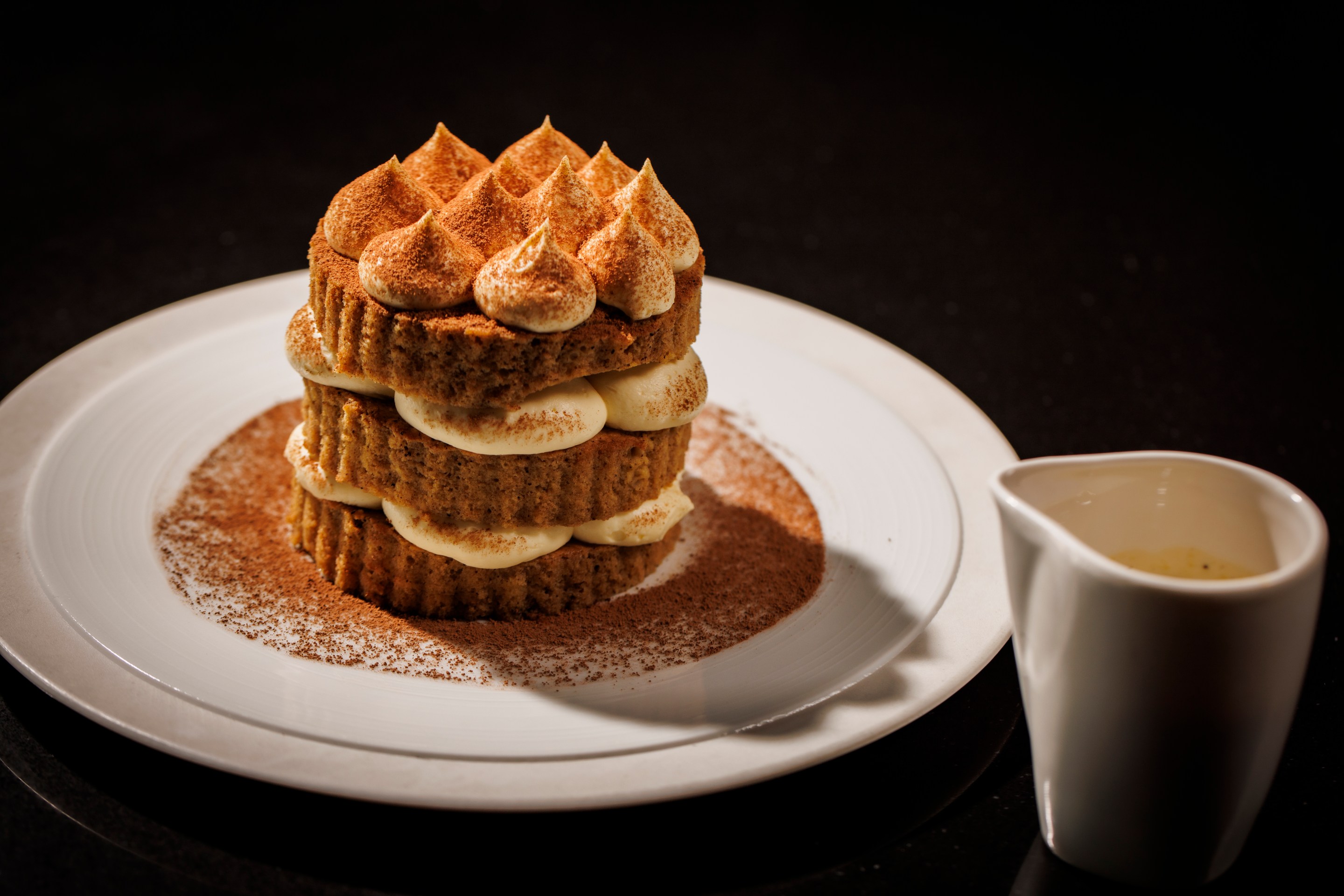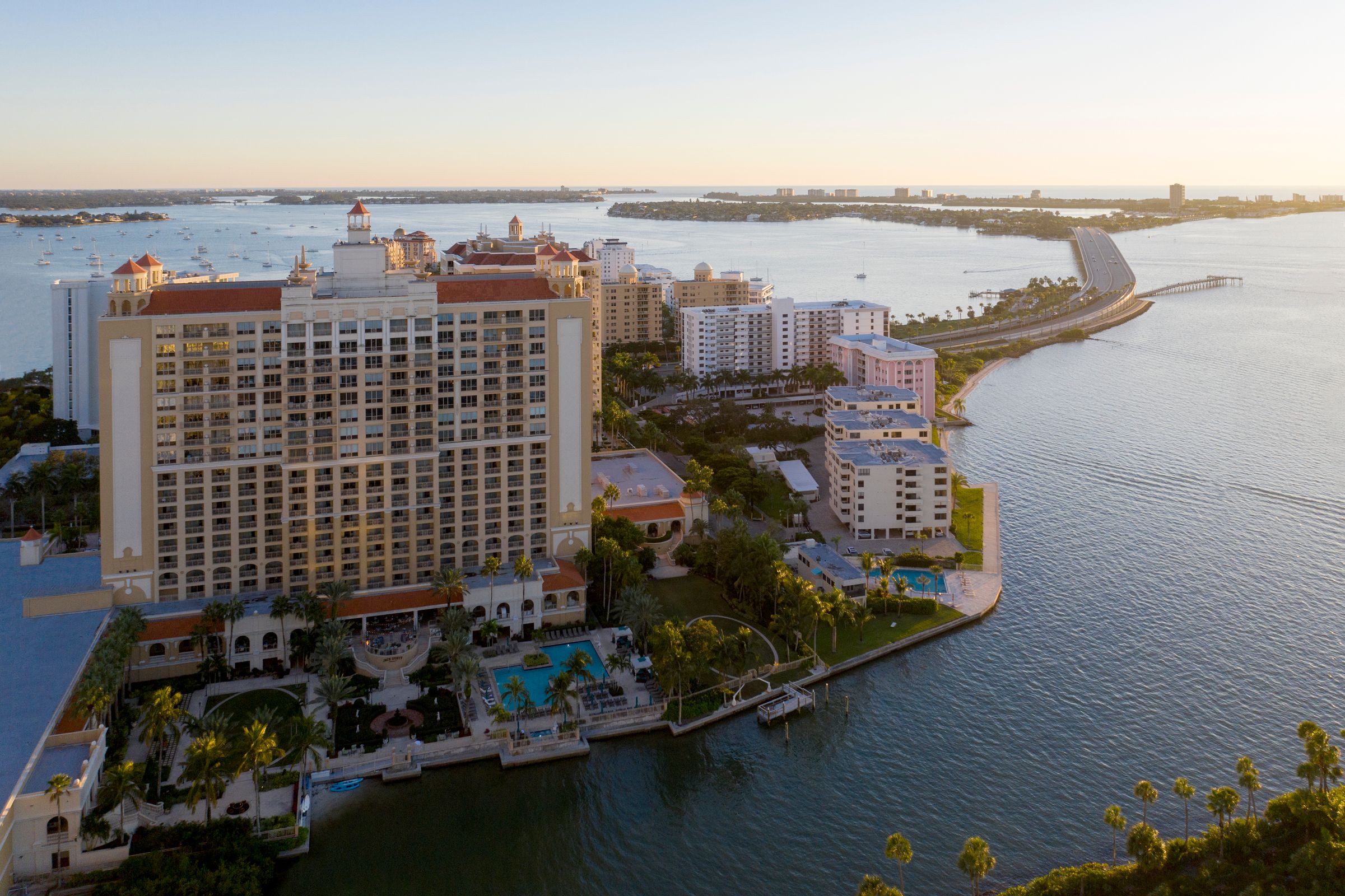“Being around the table is my church,” shared Andrew Cotto, Editor-in-Chief of Appetito magazine, at his recent Columbus Citizens Foundation lecture. Andrew, like many Italians, sees food as a muse.
This sense of devotion inspired me to think about how meals for Italians are about so much more than the cuisine. In Italy, meals are spiritual: a social occasion, to gather as a family or friends, to connect and show love. It starts with locally sourced ingredients, which are prepared into a thoughtful meal by family members with love, ultimately shared leisurely as a group.
This way of cooking and eating has many benefits, including healthful digestion and a sense of satisfaction. Even more, Italians understand the healing power and emotional benefits of sharing a meal around a table and eating with other people. And for good reason, too. Research shows that home cooking and socialization during meals is important for psychological and physiological outcomes.
Andrew reflected on growing up in an Italian-American household with a family that would gather every Sunday for a family meal (whether they wanted to or not). In Italy, it’s common to gather daily for late lunches and dinner. More than just eating food for its nutrients and taste, it’s a time to catch up, share a laugh, and cultivate relationships. This stands in contrast to what’s become ubiquitous in American culture today. Meals have become increasingly solitary and often on-the-go, eating fast food while driving or mindlessly chomping while scrolling on our phones.
Though it might not be feasible to gather as a group for a daily meal, we can all find ways to join others regularly and to slow down during meals to cultivate mindfulness and joy.
- Plan a meal with family or friends in person, and if that’s not possible, schedule a Facetime or phone call to share a meal from afar.
- Whenever possible, avoid eating on-the-go and sit at a table.
- Celebrate mealtime as an intentional form of self-care and create an enjoyable ambiance.
- Avoid multitasking: put your phone and laptop away.
- Take at least 20 minutes to eat a meal – this is how long it takes for your brain to realize you are full.
Italian culture teaches us that eating together is a form of intimacy that provides comfort, a sense of stability, and sensory stimulation. Gain inspiration from the Italians to use food and mealtime as a moment to feel connected to community and yourself, celebrate delicious flavors, and practice mindfulness.
Let's all eat like Italians!







